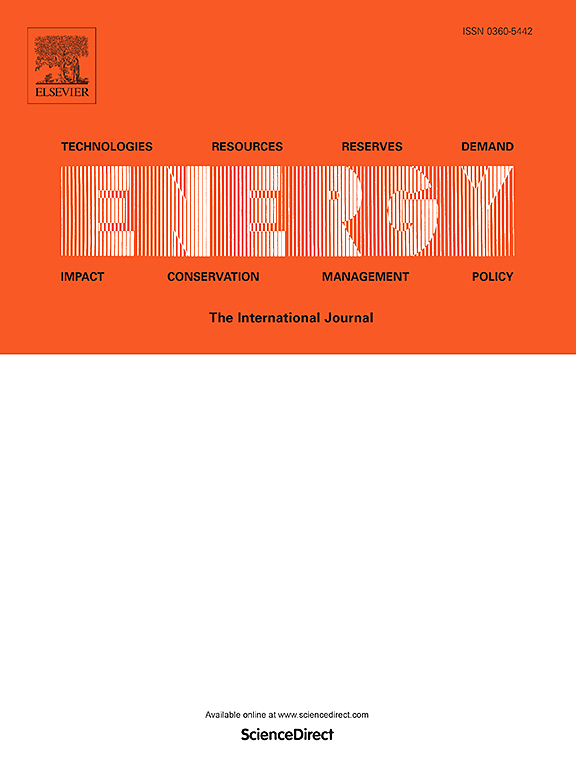IF 9
1区 工程技术
Q1 ENERGY & FUELS
引用次数: 0
摘要
本研究分析了二甲醚(DME)与氨(NH3)和氢(H2)混合后的自燃爆炸极限。研究结果表明,纯二甲醚的自燃爆炸极限表现为负温度系数(NTC)行为。随着 NH3 含量的增加,二甲醚的自燃爆炸极限从标准 NTC 响应转变为单调趋势。相反,增加 H2 含量则会使二甲醚的自燃爆炸极限演变成 Z 型曲线。进行了敏感性分析,以确定在不同压力下影响自燃爆炸极限的关键反应。通过比较二甲醚/NH3 的冷焰极限和热焰极限,发现热焰极限转折点下端的压力明显高于冷焰极限转折点下端的压力,而转折点上端的变化则不太明显。最后,分析了二氧化碳(CO2)和氮气(N2)对 H2-O2 混合气自燃爆炸极限的影响,利用虚拟气体的方法区分了 CO2 和 N2 的物理和化学影响。这些研究结果为二甲醚与零碳燃料混合燃烧的应用提供了理论依据和指导。本文章由计算机程序翻译,如有差异,请以英文原文为准。
A comprehensive kinetic analysis of auto-ignition explosion characteristics of DME/NH3/H2/O2 blends and dilution effects on H2/O2
This study analyzed the auto-ignition explosion limits of dimethyl ether (DME) blended with ammonia (NH3) and hydrogen (H2). The findings revealed that the auto-ignition explosion limit of pure DME exhibits negative temperature coefficient (NTC) behavior. As the NH3 content increases, the auto-ignition explosion limit of DME transitions from a standard NTC response to a monotonic trend. In contrast, increasing the H2 fraction causes the auto-ignition explosion limit of DME to evolve into a Z-shaped profile. A sensitivity analysis was performed to identify the key reactions affecting the auto-ignition explosion limits under varying pressures. By comparing the cool and hot flame limits of DME/NH3, it was found that the pressure at lower turning point for hot flame limit is significantly higher than that of cool flame limit, while the changes at the upper turning points are less pronounced. Finally, the effects of carbon dioxide (CO2) and nitrogen (N2) on the auto-ignition explosion limit of the H2-O2 blend were analyzed, differentiating the physical and chemical effects of CO2 and N2 using the method of virtual gases. These findings provide a theoretical basis and guidance for the application of DME blended with zero-carbon fuels in combustion.
求助全文
通过发布文献求助,成功后即可免费获取论文全文。
去求助
来源期刊

Energy
工程技术-能源与燃料
CiteScore
15.30
自引率
14.40%
发文量
0
审稿时长
14.2 weeks
期刊介绍:
Energy is a multidisciplinary, international journal that publishes research and analysis in the field of energy engineering. Our aim is to become a leading peer-reviewed platform and a trusted source of information for energy-related topics.
The journal covers a range of areas including mechanical engineering, thermal sciences, and energy analysis. We are particularly interested in research on energy modelling, prediction, integrated energy systems, planning, and management.
Additionally, we welcome papers on energy conservation, efficiency, biomass and bioenergy, renewable energy, electricity supply and demand, energy storage, buildings, and economic and policy issues. These topics should align with our broader multidisciplinary focus.
 求助内容:
求助内容: 应助结果提醒方式:
应助结果提醒方式:


